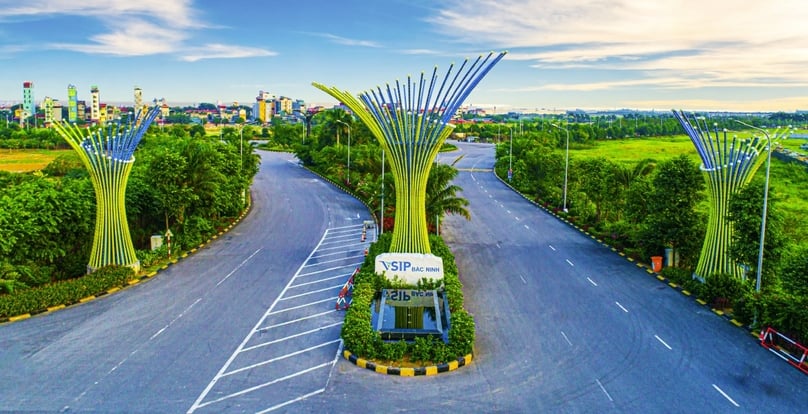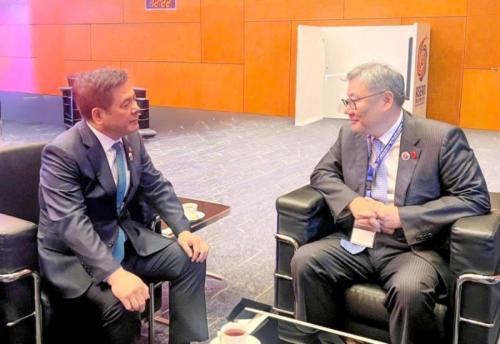Vietnam's FDI capital disbursement in Jan-Sept hits five-year high
Disbursed foreign direct investment (FDI) capital in Vietnam reached $18.8 billion in January-September, up 8.5% year-on-year and marking a record high for nine months in five years.
The processing and manufacturing industry made up 82.8% of the total with $15.56 billion, followed by real estate with $1.37 billion, or 7.3%, the General Statistics Office (FIA) reported on Monday.
Registered FDI capital reached $28.54 billion in the nine-month period, up 15.2% year-on-year. At the FIA's calculations, registered capital comprises capital for newly-registered projects, additional capital for existing projects, and capital for stake acquisitions.
Of the total registered capital, $12.39 billion (down 8.6% year-on-year) was capital for 2,926 newly-registered projects (up 17.4%).
1,092 operational projects were licensed to expand investment capital by a total of $11.32 billion, a 48% increase year-on-year.
Foreign investors made 2,527 capital contributions/stake acquisitions to the tune of $4.84 billion, up 35%.
As usual, the processing and manufacturing industry held the largest share of newly registered capital, at 58.7% or $7.27 billion, followed by real estate (at 20.7%, $2.57 billion).
Singapore continued to lead in newly-registered capital, with $3.43 billion, making up 27.7% of the total in Jan-Sept.
Next was mainland China with $2.88 billion, followed by Hong Kong ($1.06 billion); Sweden thanks to the $1 billion polyester fabric recycling complex project of Syre in Gia Lai province; Japan ($878 million); Taiwan ($778.9 million); and South Korea ($565.2 million).
The five Northeast Asian economies - mainland China, Hong Kong, Japan, Taiwan, and South Korea - recorded a total of $6.2 billion in nine-month newly-registered capital, accounting for 50% of the total.
In 2024, these five economies were also among the top six largest sources of investment, after Singapore. This was also observed in the 2019-2023 period.
The strength of Northeast Asian investors lies in the processing and manufacturing industry, especially high-tech industries such as electronics. Meanwhile, multinational corporations have been shifting their operations to reduce dependence on China in the context of U.S.-China trade tensions, and Vietnam is actively participating in major free trade agreements.
Vietnam’s GDP grew 7.85% in the first nine months and 8.23% in Q3, according to the GSO. The figures were the second-highest levels in 11 years, except for 2023 which saw a strong surge post the pandemic. The Q2 tally was 7.96%.
Business conditions in the Vietnamese manufacturing sector continued to improve slightly in September amid a renewed expansion of new orders, according to S&P Global.
Output and purchasing activity also increased, but firms continued to lower their staffing levels. The S&P Global Vietnam Manufacturing Purchasing Managers' Index (PMI) was unchanged at 50.4 in September, signalling a further slight strengthening in the health of the sector.
Operating conditions have now improved in three consecutive months. Helping to support overall business conditions in September was a renewed increase in new orders following a slight fall in August. That said, the rate of expansion was only marginal.
Source: Thai Ha
Photo: Photo courtesy of VSIP





